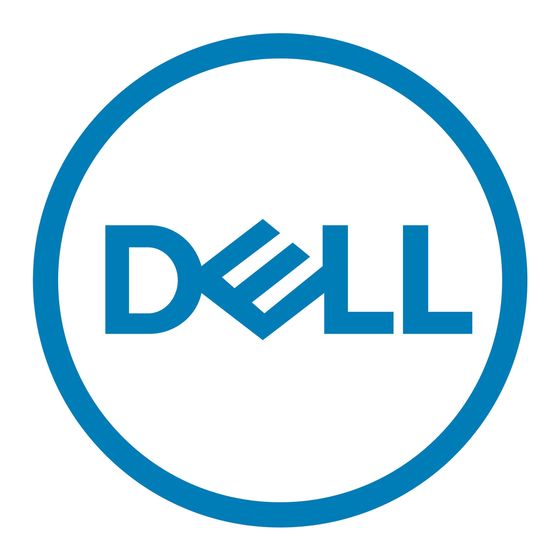Dell PowerEdge M820 Systems Release Notes - Page 12
Browse online or download pdf Release Notes for Switch Dell PowerEdge M820 Systems. Dell PowerEdge M820 Systems 27 pages. Dell poweredge blade servers getting started guide
Also for Dell PowerEdge M820 Systems: Information Update (38 pages), User Manual (23 pages), Important Information Manual (35 pages), Update Manual (32 pages), Update Manual (28 pages), User Manual (26 pages), User Manual (22 pages), Getting Started Manual (12 pages), Owner's Manual (3 pages), Technical Manual (46 pages), Portfolio Manual (27 pages), Getting Started Manual (14 pages), Getting Started Manual (12 pages), Technical Manual (47 pages)

